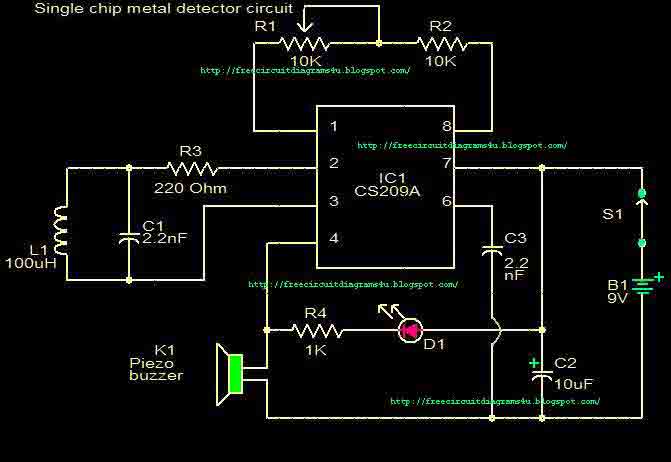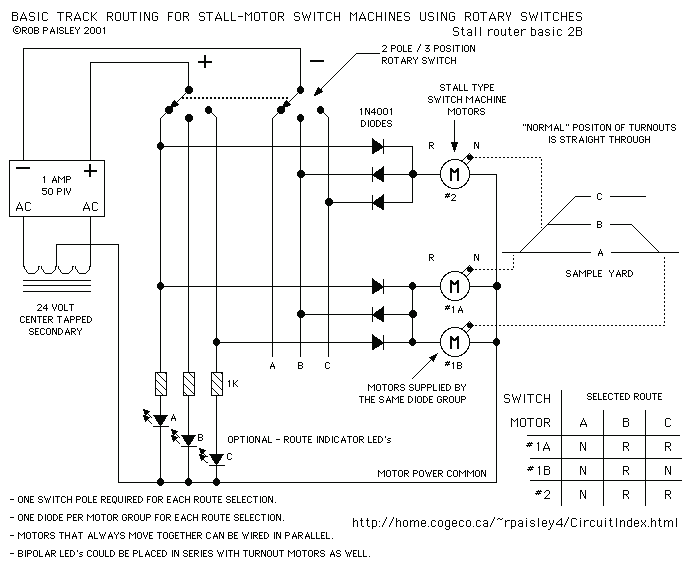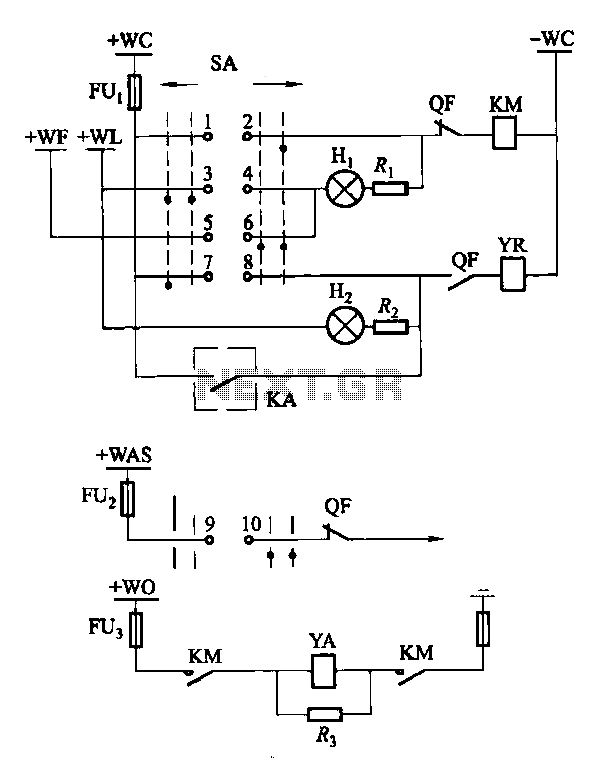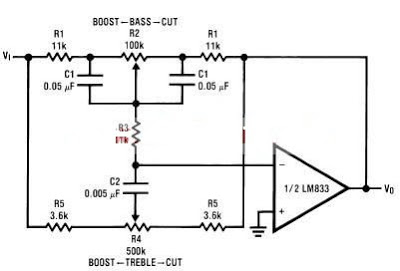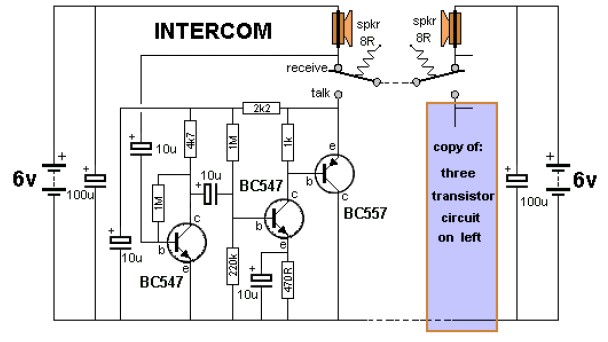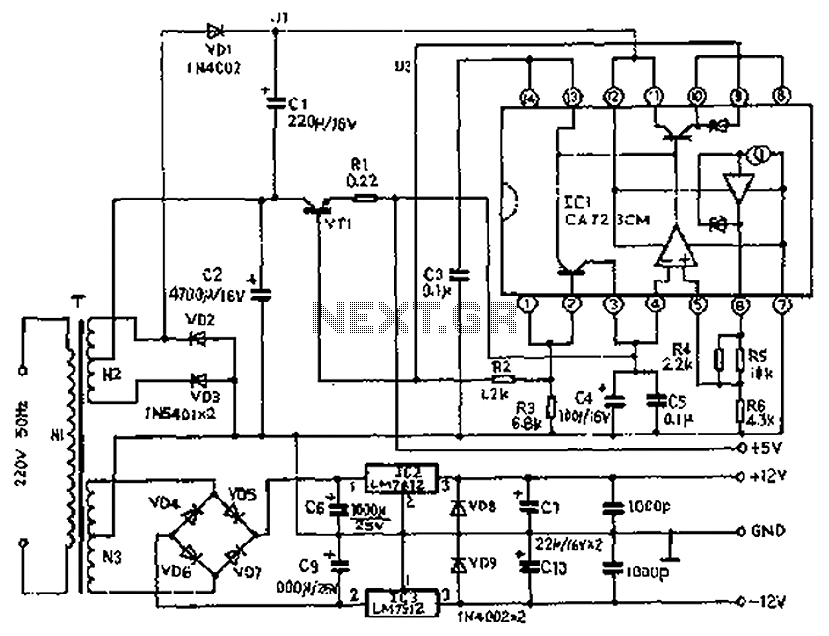
Siren system circuit
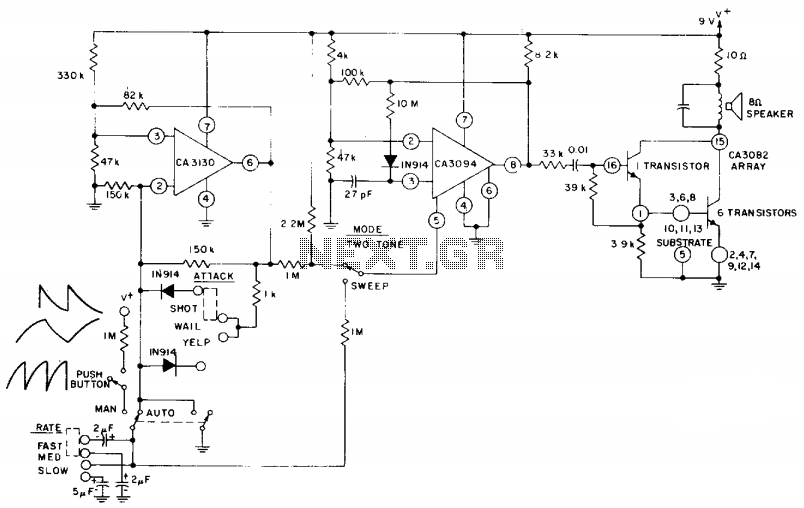
The circuit utilizes a CA3130 BiMOS operational amplifier configured as a multivibrator to regulate the siren's frequency. A CA3094 is employed as a voltage-controlled oscillator (VCO), which is subsequently connected to a CA3082 transistor array that drives a speaker. A switch allows the user to choose between "Manual" or "Auto" modes, enabling either intermittent or continuous operation of the siren. Additionally, three switches are present to manage "Mode," "Attack," and "Rate."
The circuit design incorporates several key components that work together to achieve the desired functionality of the siren system. The CA3130 BiMOS op-amp serves as the core of the multivibrator configuration, providing the necessary gain and stability for generating square wave signals. This output signal directly influences the siren's rate, allowing for adjustable frequency modulation based on user input.
The CA3094 voltage-controlled oscillator (VCO) is crucial for creating variable frequency outputs. It receives control voltage inputs that determine the oscillation frequency, which can be modulated by the user through the "Rate" switch. This feature allows for customization of the siren's sound pattern, enhancing its effectiveness in various applications.
The CA3082 transistor array functions as a driver stage, amplifying the signal from the VCO to a level sufficient to drive the speaker. This component ensures that the audio output is loud and clear, making the siren more effective in alerting or warning scenarios.
The inclusion of a "Manual" or "Auto" mode switch provides flexibility in operation. In "Manual" mode, the siren can be set to produce sound intermittently, while "Auto" mode allows for continuous sound output. This dual functionality is particularly useful in situations where different alerting patterns may be required.
Furthermore, the additional three switches—designated for "Mode," "Attack," and "Rate"—offer further control over the siren's performance. The "Mode" switch may allow for different sound patterns or tones, the "Attack" switch could control the ramp-up time of the sound, and the "Rate" switch adjusts the frequency of the oscillation, providing a comprehensive user interface for tailoring the siren's operation to specific needs.
Overall, this circuit design exemplifies a well-thought-out approach to creating a versatile siren system capable of meeting diverse operational requirements.The circuit uses a CA3130 BiMOS op amp as a multivibrator to control the siren's rate. A CA3094 used as a VCO is followed by a CA3082 transistor array used to drive a speaker. A "Manual" or "Auto" mode switch allows the user to select either intermittent or continuous siren operation, respectively. In addition, three switches are available that control "Mode", "Attack", and "Rate". 🔗 External reference
The circuit design incorporates several key components that work together to achieve the desired functionality of the siren system. The CA3130 BiMOS op-amp serves as the core of the multivibrator configuration, providing the necessary gain and stability for generating square wave signals. This output signal directly influences the siren's rate, allowing for adjustable frequency modulation based on user input.
The CA3094 voltage-controlled oscillator (VCO) is crucial for creating variable frequency outputs. It receives control voltage inputs that determine the oscillation frequency, which can be modulated by the user through the "Rate" switch. This feature allows for customization of the siren's sound pattern, enhancing its effectiveness in various applications.
The CA3082 transistor array functions as a driver stage, amplifying the signal from the VCO to a level sufficient to drive the speaker. This component ensures that the audio output is loud and clear, making the siren more effective in alerting or warning scenarios.
The inclusion of a "Manual" or "Auto" mode switch provides flexibility in operation. In "Manual" mode, the siren can be set to produce sound intermittently, while "Auto" mode allows for continuous sound output. This dual functionality is particularly useful in situations where different alerting patterns may be required.
Furthermore, the additional three switches—designated for "Mode," "Attack," and "Rate"—offer further control over the siren's performance. The "Mode" switch may allow for different sound patterns or tones, the "Attack" switch could control the ramp-up time of the sound, and the "Rate" switch adjusts the frequency of the oscillation, providing a comprehensive user interface for tailoring the siren's operation to specific needs.
Overall, this circuit design exemplifies a well-thought-out approach to creating a versatile siren system capable of meeting diverse operational requirements.The circuit uses a CA3130 BiMOS op amp as a multivibrator to control the siren's rate. A CA3094 used as a VCO is followed by a CA3082 transistor array used to drive a speaker. A "Manual" or "Auto" mode switch allows the user to select either intermittent or continuous siren operation, respectively. In addition, three switches are available that control "Mode", "Attack", and "Rate". 🔗 External reference
